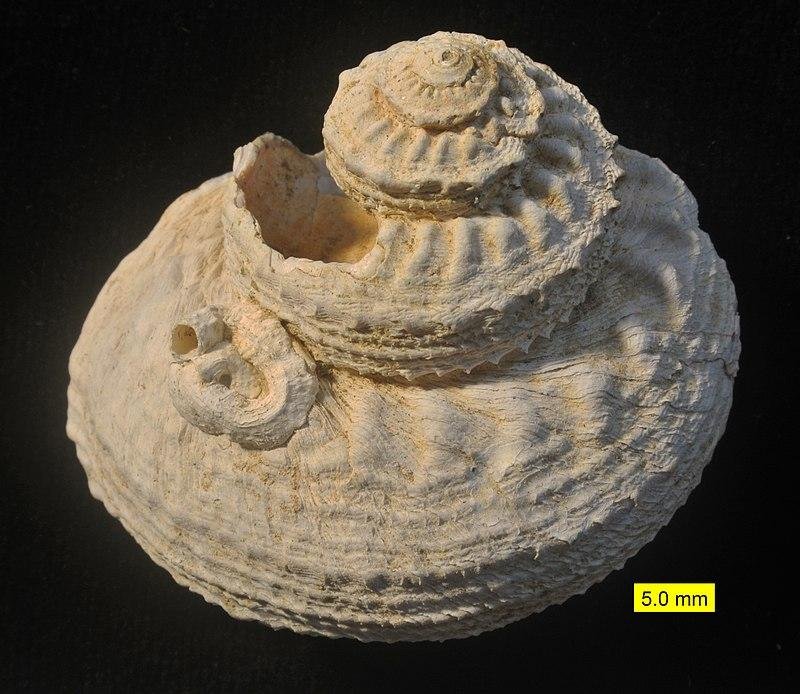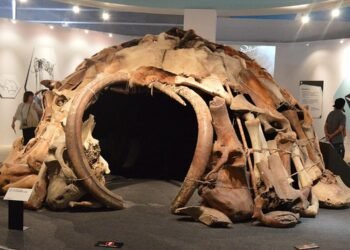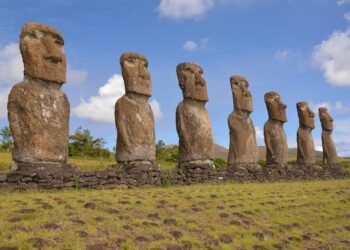Chronometric dating, also known as chronometry and absolute dating, is a method used in archaeology and geology to determine the exact age of artifacts, fossils, and geological events.
It is a critical tool in archaeological research for establishing precise and reliable chronological frameworks and enables archaeologists to assign actual numerical ages to artifacts, sites, and cultural events.

Chronometric dating methods are based on the principle of measuring the accumulation of specific isotopes or the decay of certain unstable elements within the objects being studied. These isotopes decay at known rates, allowing scientists to calculate the time that has passed since the event of interest. Here are some of the common chronometric dating techniques:
Key aspects of chronometric dating in archaeology
Numerical Age Determination: Unlike relative dating, which places artifacts or events in a sequence without specifying their actual ages, chronometric dating provides specific numerical ages in years or other time units. This precision is crucial for understanding the timing of historical events and cultural transformations.
Absolute and Fixed Time Scales: Chronometric dating methods are based on natural processes, such as radioactive decay or accumulation of luminescence, that occur at fixed rates. These rates serve as “clocks” that can be used to calculate the time that has elapsed since a certain event, such as the death of an organism or the solidification of a rock.
Cross-Validation: Different chronometric dating methods can be used together to cross-validate results and enhance accuracy. If multiple methods yield similar age estimates for a sample, researchers can have higher confidence in the dating results.
Other Chronometric Methods: Apart from radiocarbon dating, there are various other chronometric dating techniques. Some of these include potassium-argon dating, luminescence dating (which includes thermoluminescence and optically stimulated luminescence), uranium-series dating, and dendrochronology.
Cultural Chronologies: Chronometric dating helps archaeologists establish cultural chronologies by dating artifacts from different periods. This enables researchers to understand the sequence of cultural changes, technological advancements, and migration patterns.
Site Stratigraphy: Chronometric dating works in conjunction with stratigraphy, the study of layers of soil and sediment. Archaeologists use stratigraphy to determine the relative order of artifacts within different layers, and chronometric dating provides the absolute ages for these layers.
Interpreting Site Function: Knowing the precise age of artifacts and features at a site helps archaeologists infer the function and use of the site over time. For example, changes in the types of artifacts found in different layers can offer information about shifts in activities or occupation patterns.
Cultural and Environmental Interactions: Chronometric dating allows archaeologists to correlate cultural events with environmental changes, such as shifts in climate or the rise and fall of sea levels. This helps in understanding how human societies adapted to or were influenced by their surroundings.
The common chronometric dating techniques
Radiocarbon Dating (Carbon-14 Dating): Radiocarbon dating is one of the most well-known and widely used chronometric dating methods. It is based on the decay of the radioactive isotope carbon-14 (^14C) present in organic materials, such as bone, wood, and plants. As living organisms absorb carbon from the environment, they also incorporate a specific ratio of carbon isotopes. When an organism dies, the uptake of carbon-14 ceases, and its decay can be measured to estimate the time of death.
Potassium-Argon Dating: This method is utilized for dating geological materials, such as rocks and minerals. It relies on the decay of potassium-40 (^40K) to argon-40 (^40Ar) in volcanic rocks. By measuring the ratio of these isotopes, scientists can calculate the time that has elapsed since the rock solidified.
Dendrochronology: Also known as tree-ring dating, dendrochronology utilizes the patterns of growth rings in trees to establish precise chronological sequences. Each ring represents a year of growth, and overlapping ring patterns from different trees can extend the timeline further back in time.

Luminescence Dating: Luminescence dating encompasses various techniques that rely on the accumulation of trapped electrons in minerals like quartz and feldspar. When minerals are exposed to sunlight or heat, they release the trapped electrons in the form of luminescent energy. Measuring this energy allows researchers to determine the time since the last exposure to light or heat.
Uranium-Series Dating: This method is used for dating carbonate deposits, such as those found in caves and archaeological contexts. It relies on the radioactive decay of uranium isotopes into thorium and eventually stable isotopes. By measuring the ratios of these isotopes, scientists can estimate the age of the deposit.
Amino Acid Dating: Also known as amino acid racemization dating, is a method used in geochronology and archaeology to estimate the age of organic materials, particularly those that are too old to be dated using radiocarbon dating. This technique relies on the principle that amino acids, the building blocks of proteins, exist in two mirror-image forms known as enantiomers: L-amino acids and D-amino acids. Over time, some L-amino acids can convert into D-amino acids through a process called racemization, and the rate of this conversion is relatively constant over long periods.
Chronometric dating plays a pivotal role in archaeological research by providing absolute ages for artifacts, sites, and events. By accurately determining the age of artifacts and geological formations, researchers can create detailed timelines, identify patterns of human migration and cultural development, and correlate events across different regions. However, it’s important to note that each method has its limitations and potential sources of error, and multiple dating methods are often used together to cross-validate results and improve accuracy.






















Comments 0